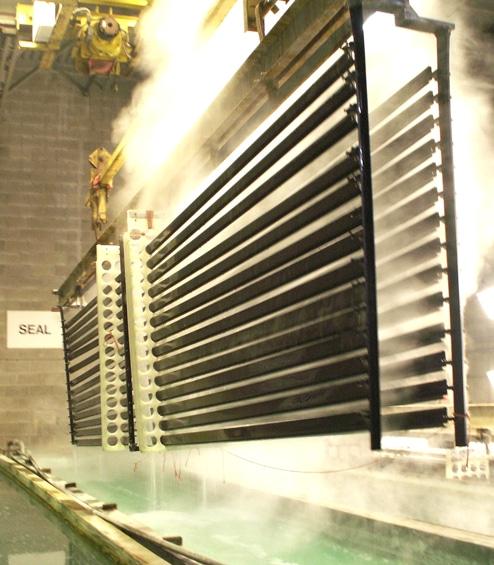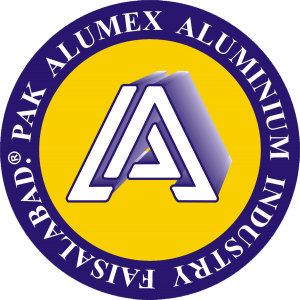
What is anodizing?
Anodizing is a method for changing the surface chemistry of metals and other substrates. It protects against corrosion, enhances aesthetic qualities, resists scratching and is one of the most durable surface finishes available. Anodizing can be done on a range of materials, but today let’s look at aluminum. These 8 questions will help to show why anodizing is a clever surface treatment that’s both practical and beautiful.
Anodizing of Aluminum
While anodizing aluminum allows the metal to keep its natural appearance, the pores in the protective oxide layer also help to provide a better surface for the adhesion of paints and glues. While various metals, including titanium, hafnium, zinc, and magnesium, can be protected by applying an anodized layer, by far the process is most commonly applied to aluminum and aluminum alloys.
Polish Anodized Aluminum
Sand your aluminum surface using 800-grit sandpaper. Use a firm touch and continue sanding until the aluminum appears perfectly smooth. Sand it by hand with or without a sanding block, or use an electric sander if you know how to properly use one of these devices.
Attach a buffing pad to a hand buffing machine and turn it on. Slowly move the buffing pad in circular motions along the entire aluminum surface, and then wipe the aluminum with a soft cloth.
Apply a commercial aluminum polish or anodized aluminum polish to the aluminum surface. This is your final polish. Squeeze a dollop of the polish onto a soft cloth and rub it in circular motions across the surface. If you de-anodized the aluminum, use a standard aluminum polish, not an anodized aluminum polish.
